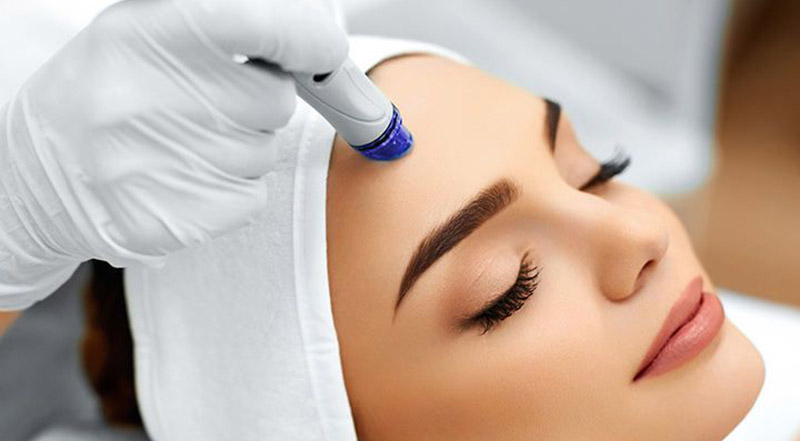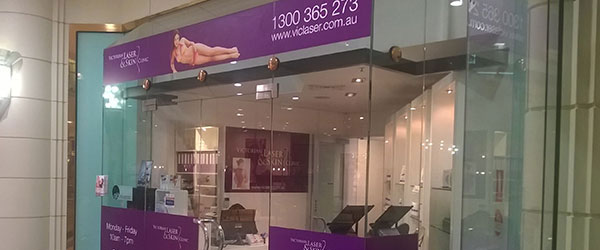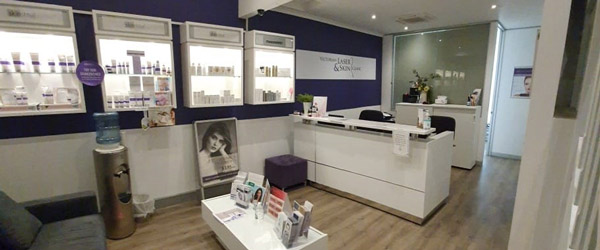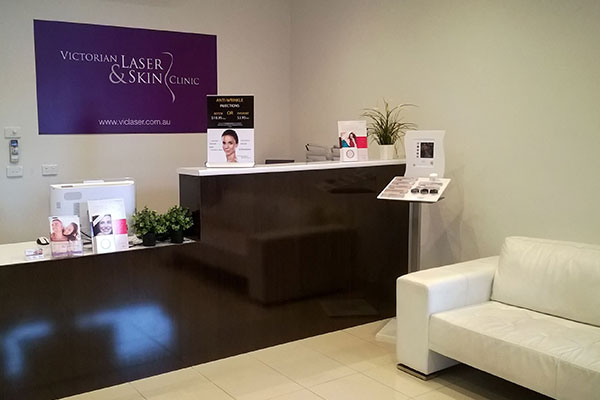Redness/Rosacea
Causes + Solutions
Get in touch
*This site is protected by reCAPTCHA and the Google Privacy Policy and Terms of Service apply.
Signs and Symptoms
In addition to the facial redness, rosacea is sometimes accompanied by pimples. It is a very noticeable skin condition which, while usually painless, can be a source of great embarrassment for the sufferer, causing many to turn to rosacea laser therapy as a solution. The condition typically affects the face and the scalp, though in some people it can extend further down the chest, neck and back. Laser treatment for rosacea is capable of significantly reducing the visible signs of the skin condition.
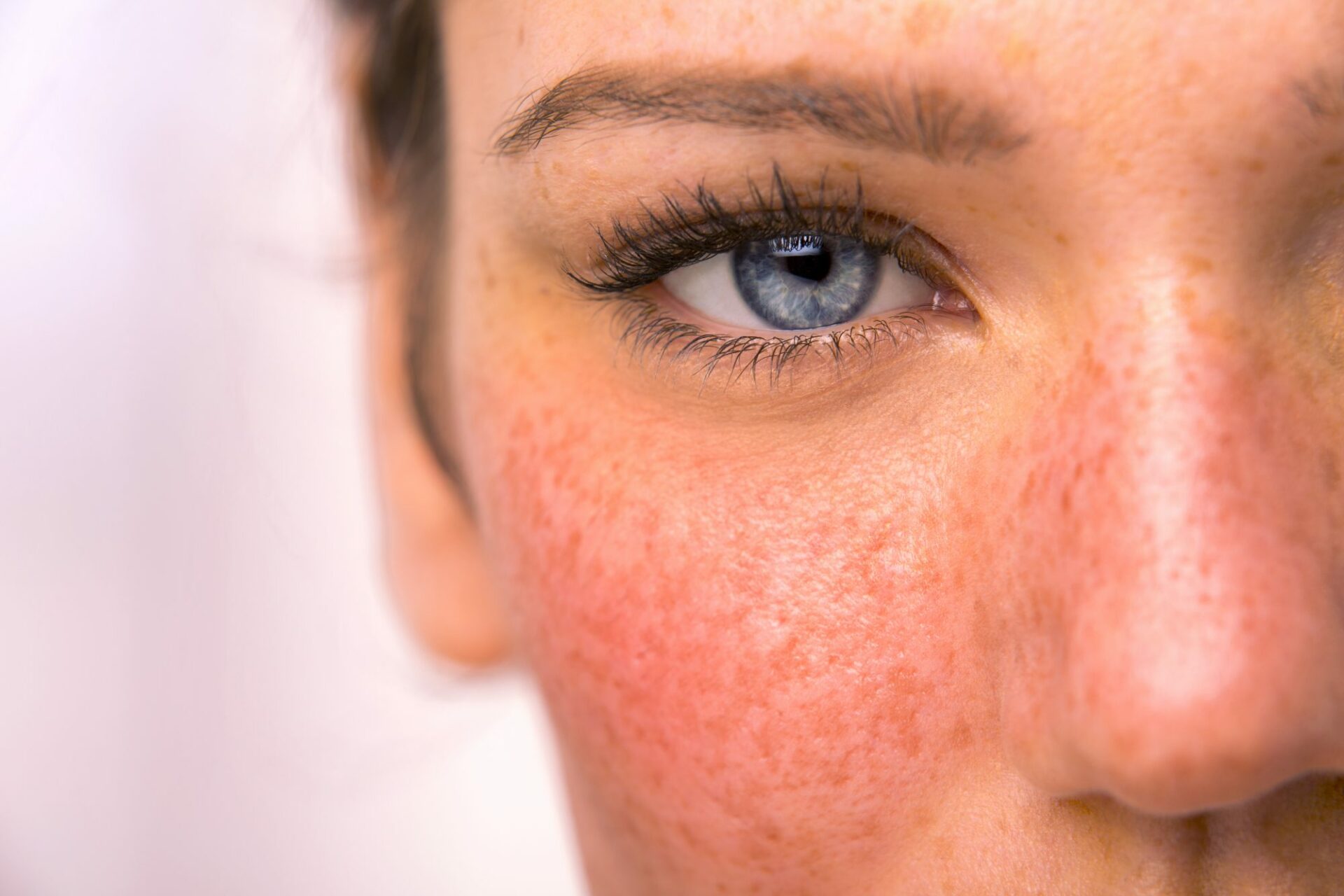
Causes
The direct cause of rosacea is unknown, although there are several contributing factors that are thought to trigger an episode or enhance pre-existing symptoms. These include:
The weather (heat from sunlight, cold wind)
Changes in temperature (moving between temperature extremes)
Psychology (stress, anxiety)
Diet (alcohol, caffeine, spicy food)
Medications (steroids, etc.)
It should be noted that there is much contention surrounding the role that these factors have in causing or aggravating rosacea.

Types of Rosacea
There are some common characteristics between people whom seek laser therapy. The condition appears to be most prevalent among:
- Women reaching the menopausal stage
- People with fair skin
- Those with blonde hair and blue eyes
- People aged between 30 and 60 years
If you believe you might be experiencing signs and symptoms of the skin condition, make an appointment for laser treatment for rosacea today.
There are two main types of rosacea which can be treated with laser therapy. Each of the following responds positively to rosacea treatment, though results might vary from one person to the next.
Erythematotelangiectatic Rosacea
This is characterised by a permanently red face that can become increasingly red quite easily as a result of flushing or blushing. Blood vessels below the surface of the skin can become dilated, causing broken capillaries (spider veins). The skin is often very sensitive and sufferers may experience a burning or itching sensation.
Papulopustular Rosacea
This form of rosacea involves permanent redness, red papules and pustules. The appearance of papulopustular is often confused with acne due to characteristic similarities.


